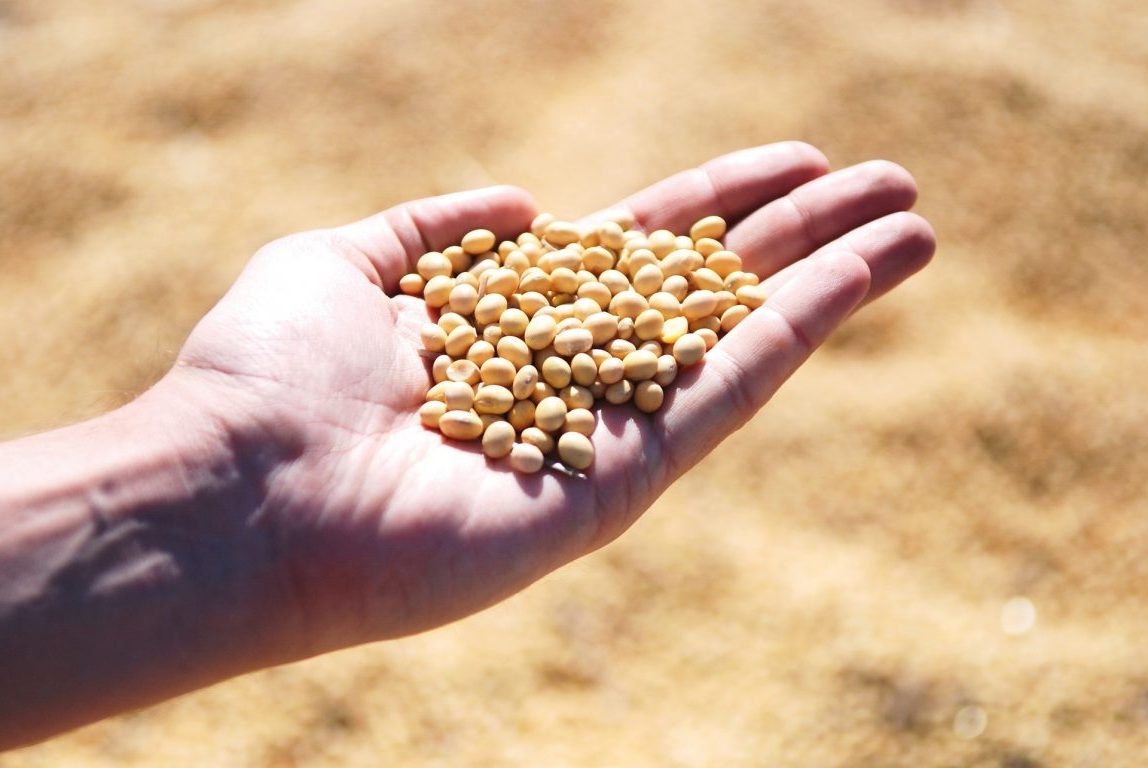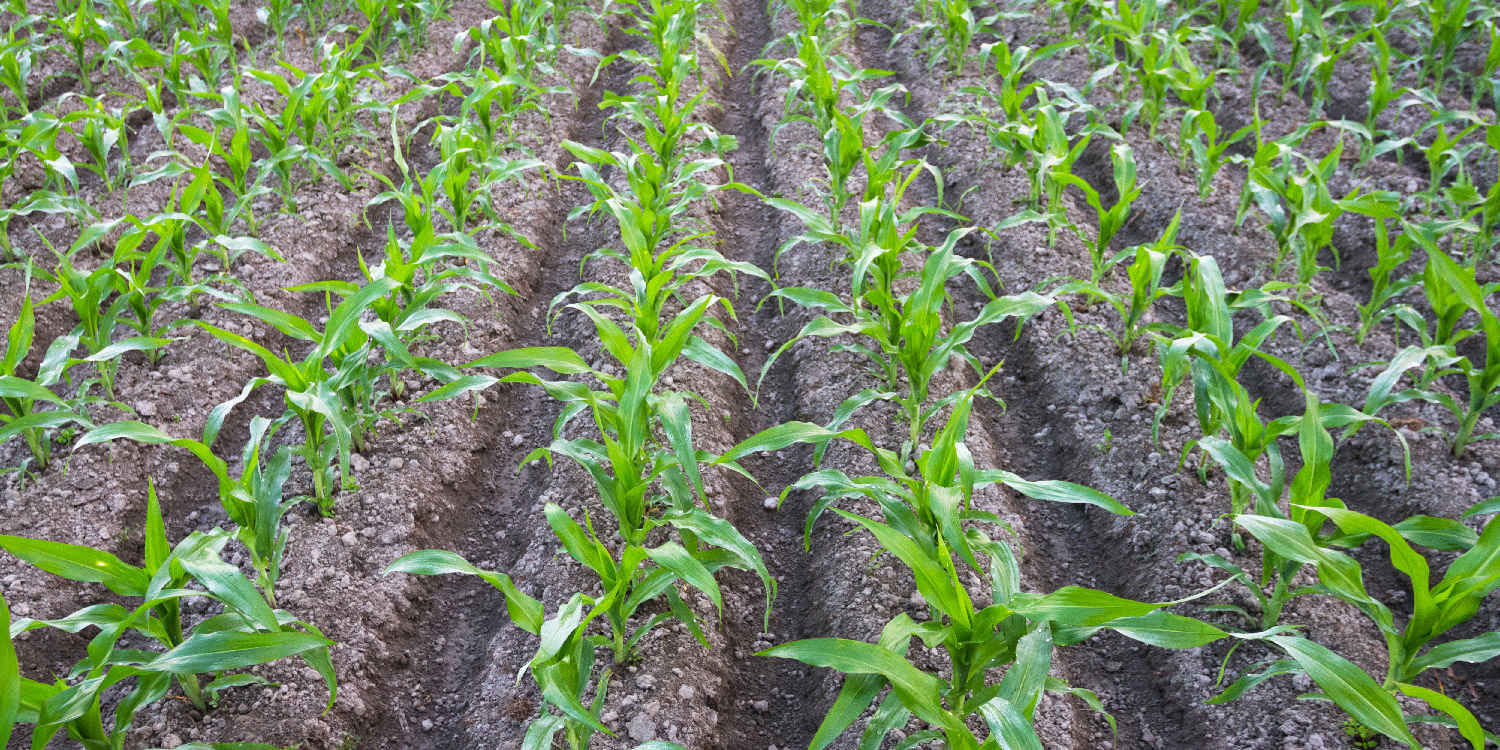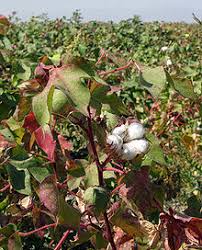Improved Varieties of Soybean:- Varieties should be selected according to the agro climatic zone. In the light land and rain-fed areas where average rainfall is between 600 to 750 mm. There should be early duration (90-95 days) variety. Medium type loamy land and 750 to 1000 mm in areas with moderate rainfall, in the medium-duration varieties should be used to mature in 100 to 105 days. Late varieties should be sown in areas with excess rainfall from 1250 mm and heavy land. It should be noted that the seed germination capacity is more than 70 percent and the number of plants for the good harvest in the field should be 40 plants per square meter, only the suitable varieties of seed should be selected.
Improved varieties of soybean suitable for Madhya Pradesh.
| S. | Name of Variety | Duration in Days | Yield per Hectare |
| 1. | JS-9560 | 82-88 | 18-20 |
| 2. | JS-9305 | 90-95 | 20-25 |
| 3. | NRC-7 | 90-99 | 25-35 |
| 4. | NRC-37 | 99-105 | 30-40 |
| 5. | JS-335 | 98-102 | 25-30 |
| 6. | JS-9752 | 95-100 | 20-25 |
| 7. | JS-2029 | 93-96 | 22-24 |
| 8. | RVS-2001-4 | 92-95 | 20-25 |
| 9. | JS-2069 | 93-98 | 22-27 |
| 10. | JS-2034 | 86-88 | 20-25 |
Source:-https://iisrindore.icar.gov.in/
Like and share with other farmers by clicking on button below
Share








